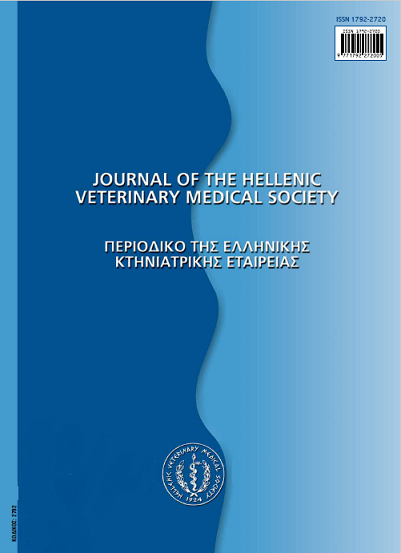Properties of sutures used in veterinary surgery

Abstract
Sutures are necessary for wound healing in surgery and for ligation of vessels. Many of sutures currently available are classified according to their characteristics, such as the tensile strength, the elasticity, the plasticity, the pliability, the knot security, the memory, the capillarity, the tissue drag and the tissue reactivity. Regarding the rate of reduction of tensile strength, sutures are widely classified as absorbable, used in tissue closure that do not require long-term support, and non-absorbable, used whenever prolonged mechanical support is required. Sutures are also classified as natural or synthetic, as well as monofilament or multifilament depending on origin or structure, respectively. Sutures are available in different sizes. As suture’s size increases, increase in the tensile strength also occurs. Absorbablesutures described in this review include catgut, polydioxanone, polyglyconate, glycomer 631, polyglycolic acid, polyglactin 910, poliglecaprone 25,
polyglytone 6211 and lactomer 9-1. Non-absorbable sutures described in this review include surgical silk, cotton, nylon,polymerised caprolactam, polyester fibers, polybutester, polypropylene and stainless steel. Usually, sutures are attached to surgical needles creating a continuous unit. Needles are classified based on their shape, length, way of suture attachment and cross-section of body and point. The latter property divides needles into blunt, taper and cutting; the selection of the appropriate type is based on the tissue that has to be sutured. Sutures in modern veterinary surgery are usually available in disposable sterilized packages.
Article Details
- How to Cite
-
TZIMTZIMIS (Ε. ΤΖΙΜΤΖΙΜΗΣ) E., & PAPAZOGLOU (Λ. ΠΑΠΑΖΟΓΛΟΥ) L. (2017). Properties of sutures used in veterinary surgery. Journal of the Hellenic Veterinary Medical Society, 63(4), 309–322. https://doi.org/10.12681/jhvms.15444
- Issue
- Vol. 63 No. 4 (2012)
- Section
- Review Articles
Authors who publish with this journal agree to the following terms:
· Authors retain copyright and grant the journal right of first publication with the work simultaneously licensed under a Creative Commons Attribution Non-Commercial License that allows others to share the work with an acknowledgement of the work's authorship and initial publication in this journal.
· Authors are able to enter into separate, additional contractual arrangements for the non-exclusive distribution of the journal's published version of the work (e.g. post it to an institutional repository or publish it in a book), with an acknowledgement of its initial publication in this journal.
· Authors are permitted and encouraged to post their work online (preferably in institutional repositories or on their website) prior to and during the submission process, as it can lead to productive exchanges, as well as earlier and greater citation of published work.



